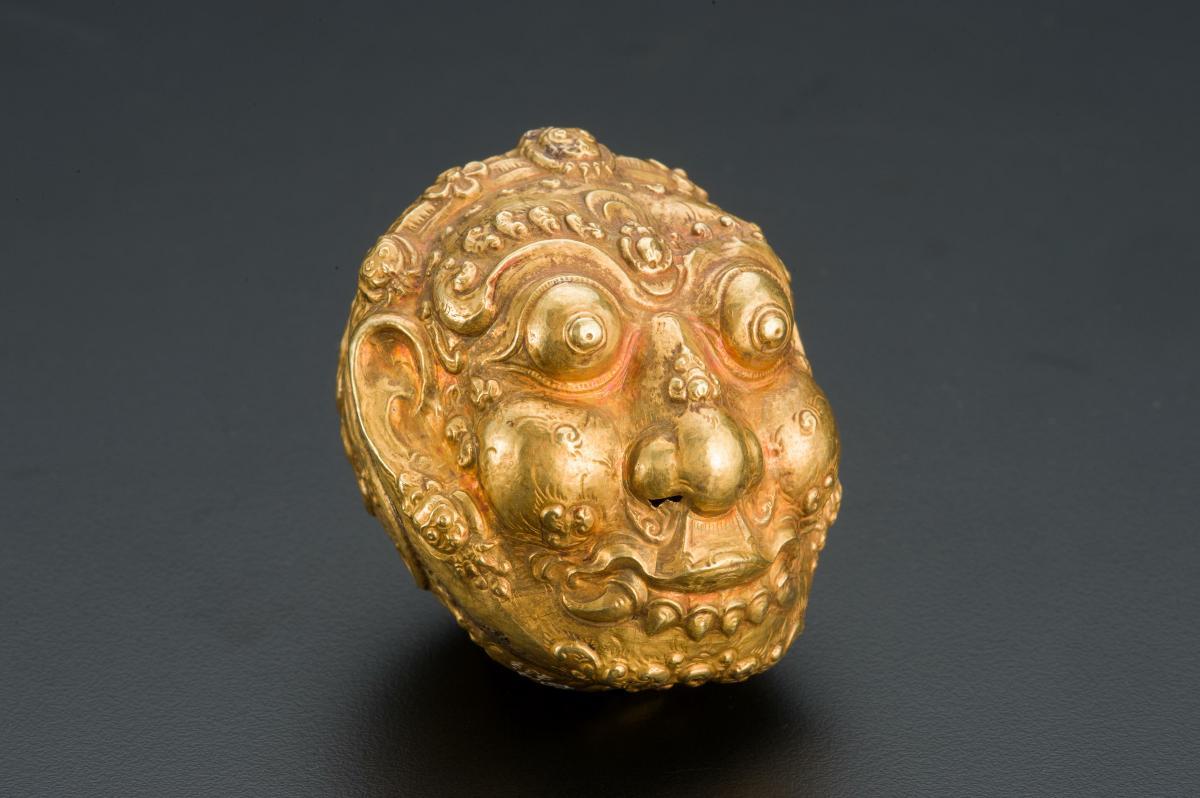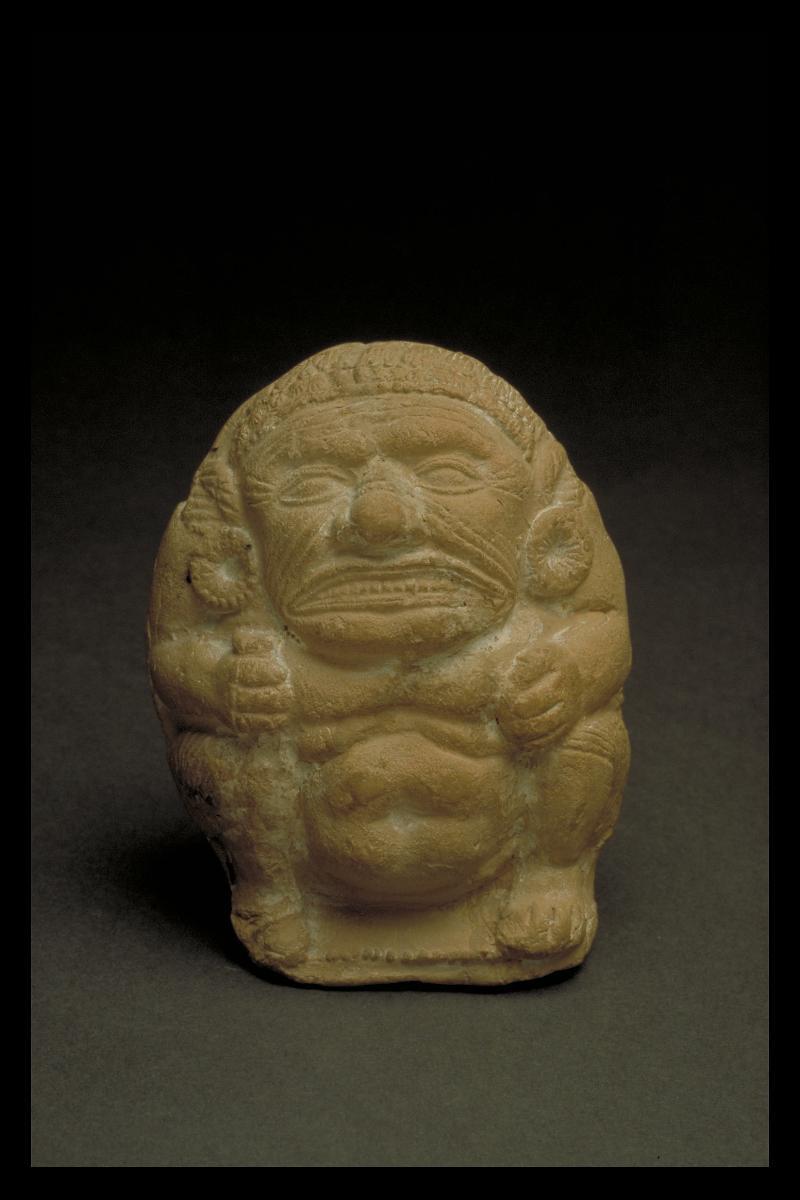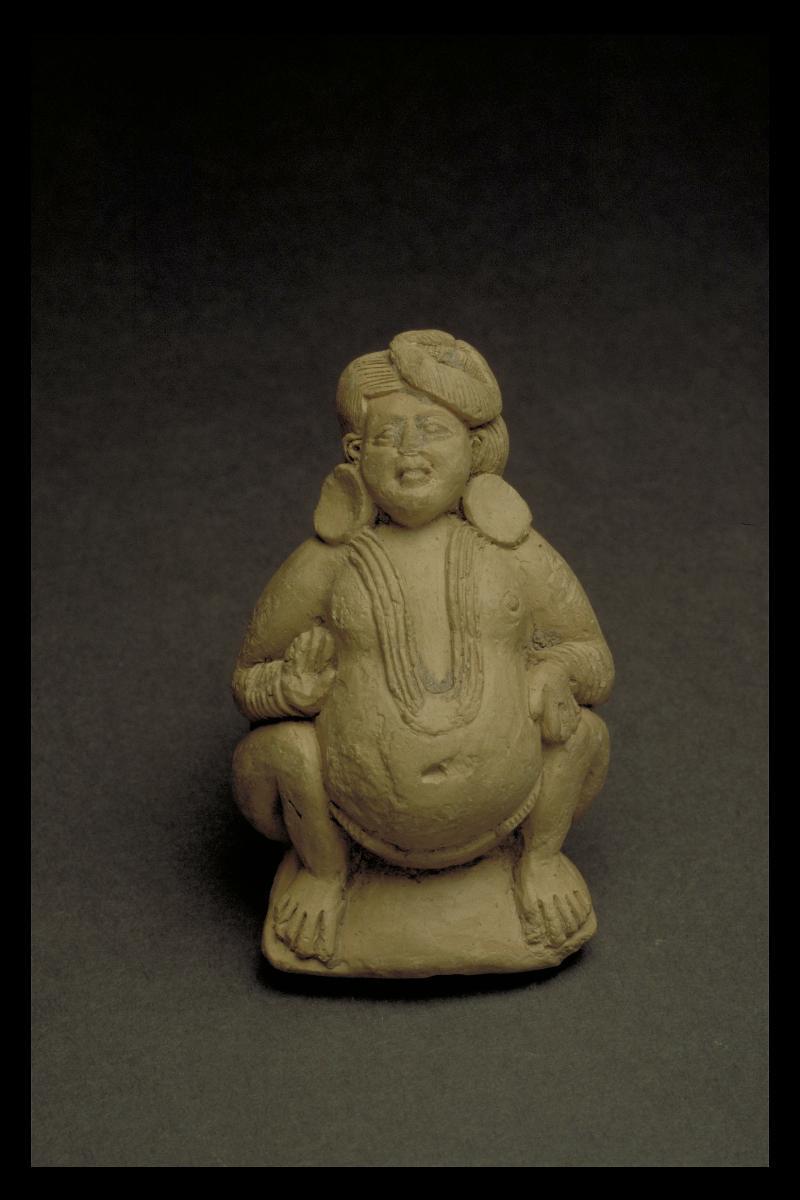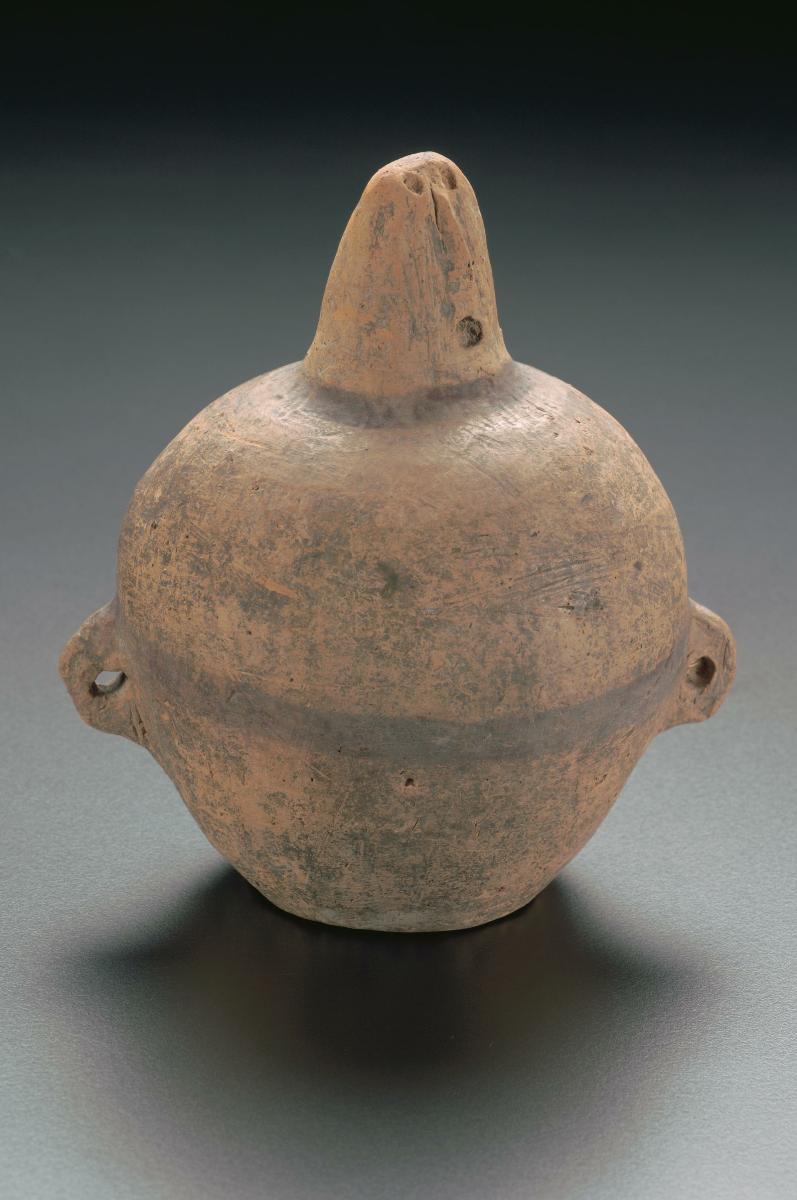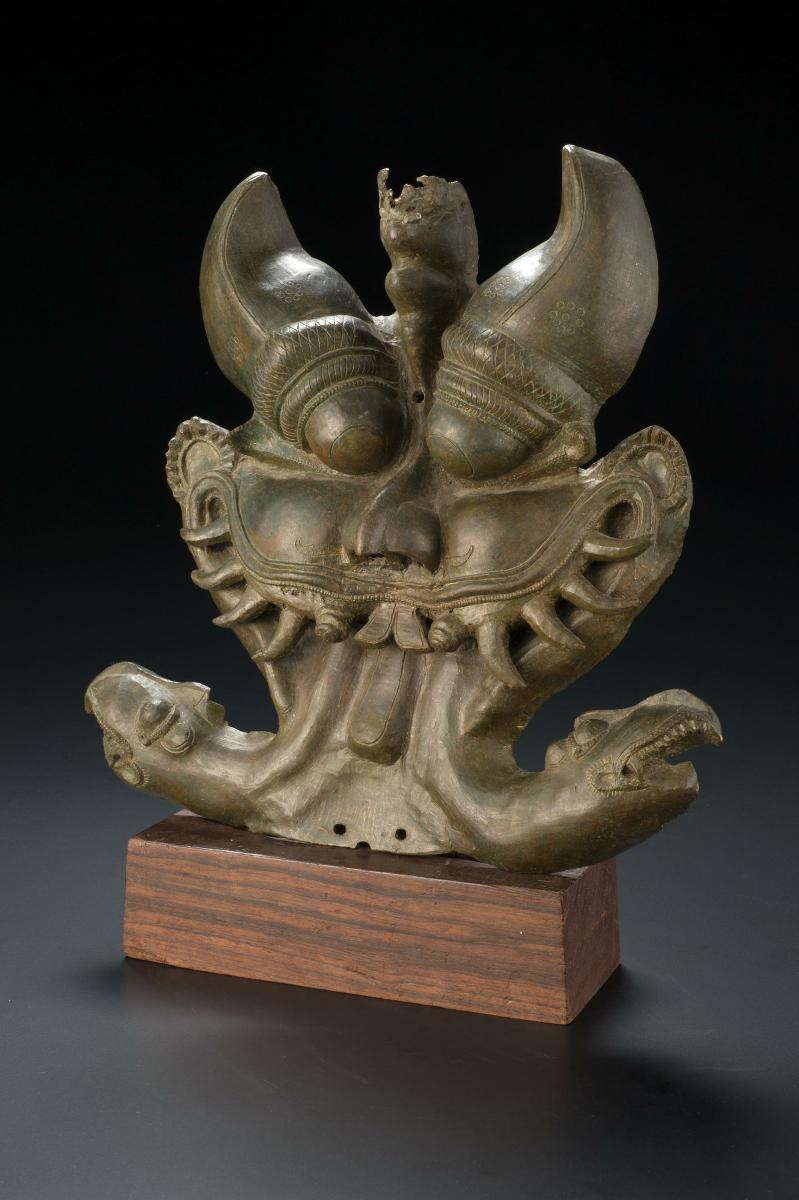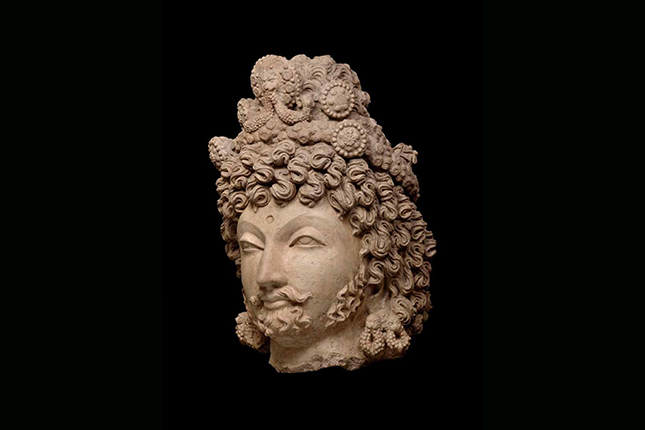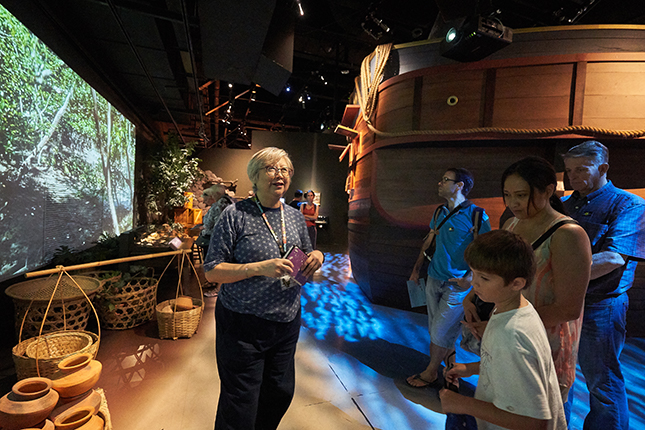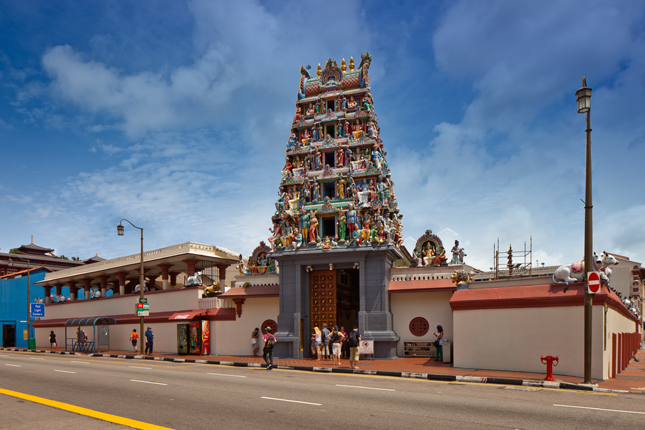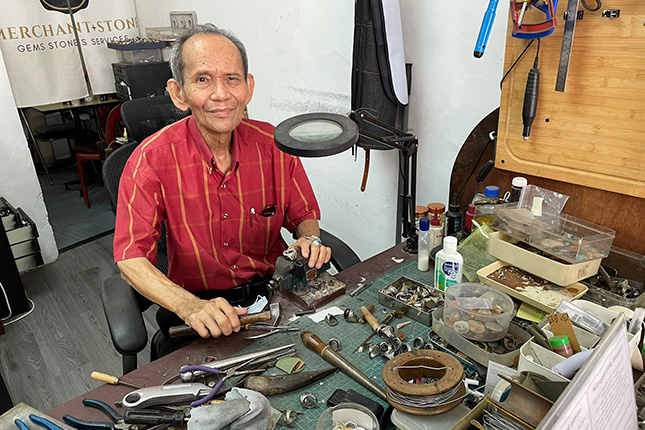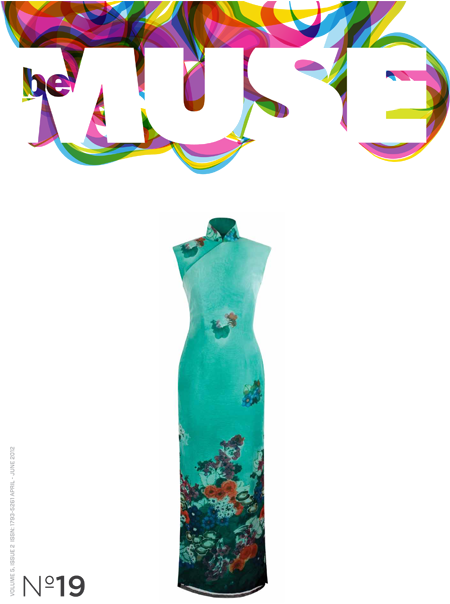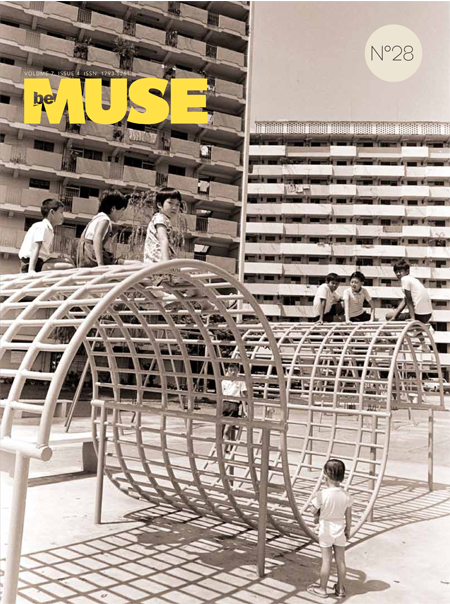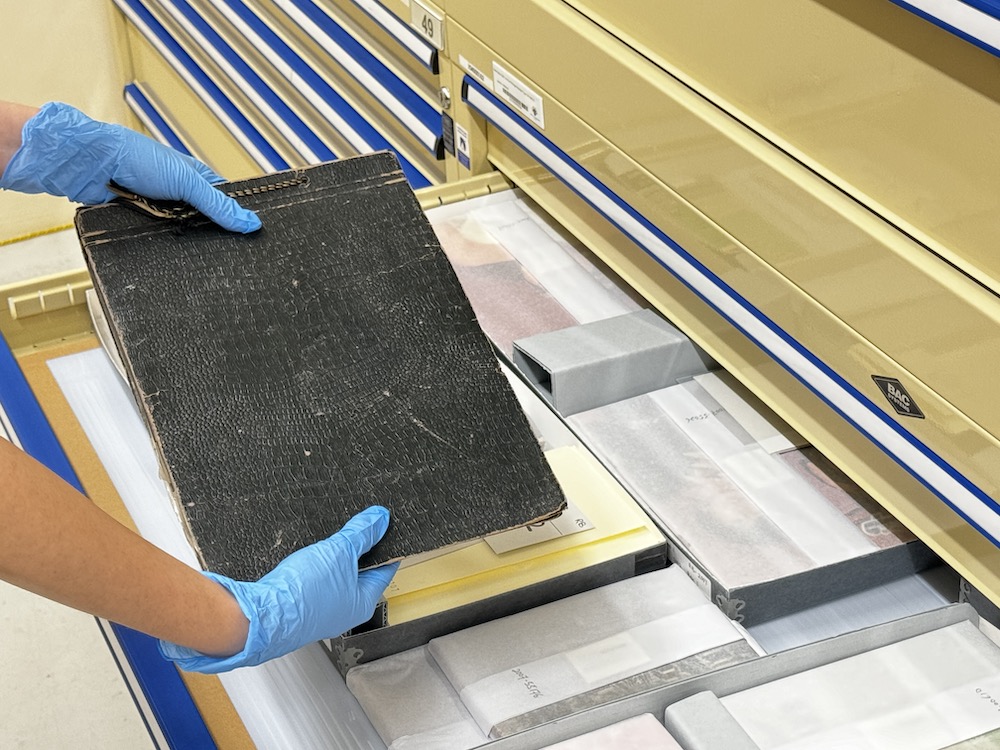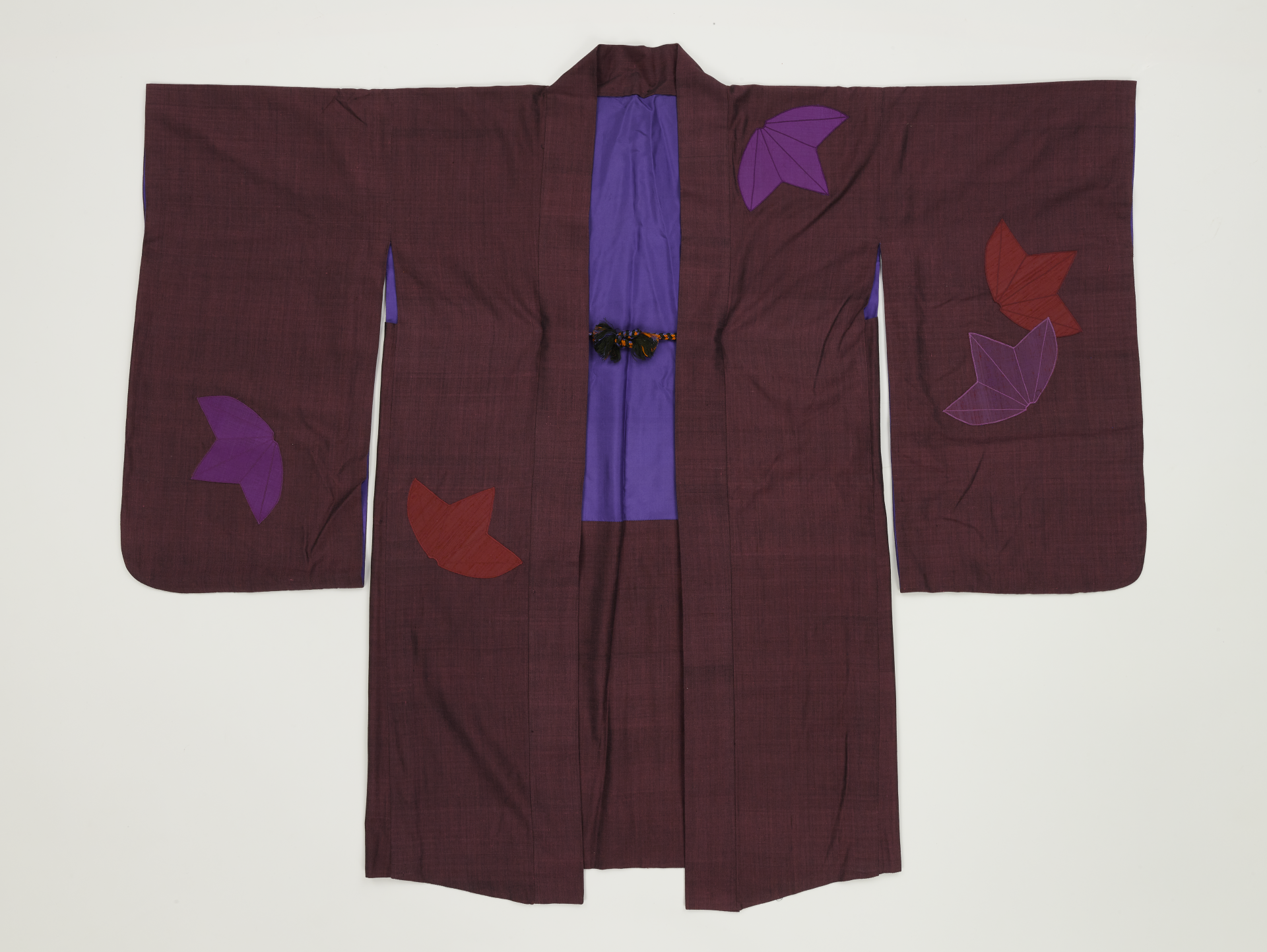This gold head takes the form of a demonic kala head. It was made in two parts from sheet gold. A model in clay or other material provided the core against which the sheet gold was beaten and engraved; a technique known as repousse. The kala figure was popular in Tantric Buddhist art. Also known as Kirtimukha or Face of Glory, the mask with human and lion features represents life-giving powers, prosperity, time and death in the Southeast Asian Hindu Buddhist tradition. Rattles such as this, also known as 'pellet bells' were probably made for ritual use or worn as a pendant by Saivite practitioners.The Majapahit Kingdom of East Java probably sourced gold from mines in Sumatra. Majapahit or Late Classic period gold is thought to reflect a taste for more elaborately decorated forms compared to the earlier Central Javanese (Early Classic period) tradition. However it is generally less well known, perhaps because earlier gold survived in Central Java in buried hoards, whilst East Javanese gold continued to be retrieved from burials for re-use, into the Islamic period.




